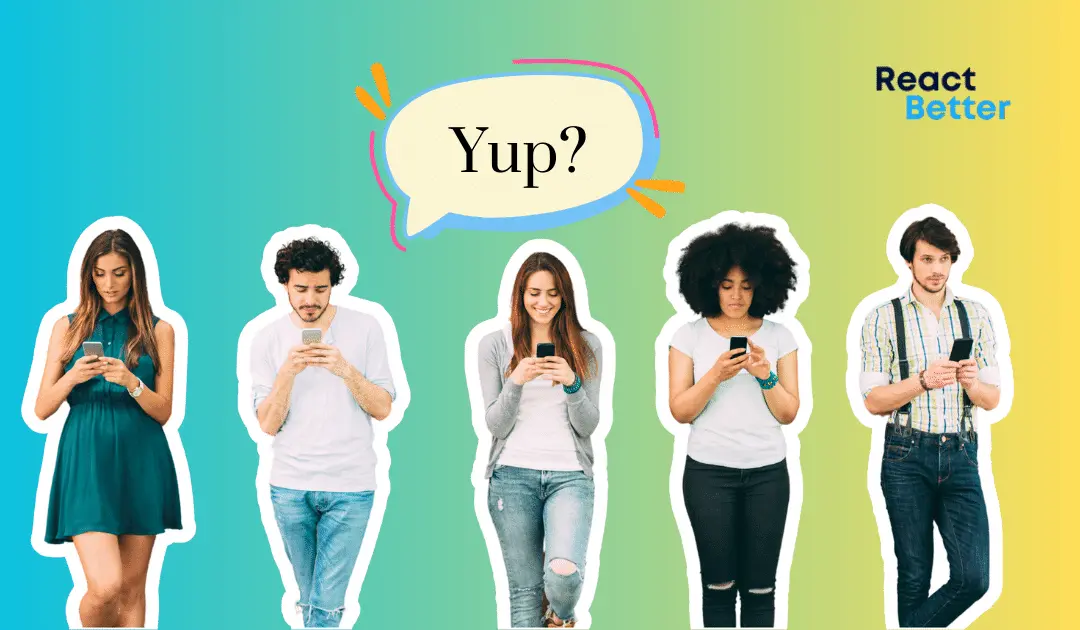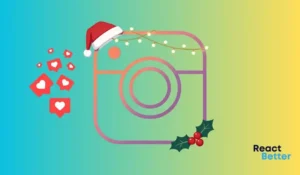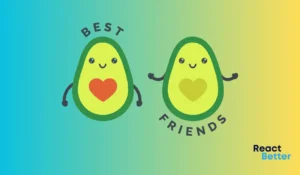Getting a “yup” text can sometimes feel like a conversational roadblock. But don’t worry – it doesn’t have to mean the end of the chat!
A well-placed response can keep the conversation alive and show you’re engaged.
Ready to ditch the predictable “okay” and explore more interesting ways to respond to “yup”? Let’s dive in!
Table of Contents
Keeping the Conversation Flowing – Responses for All
1. Glad we’re on the same page! So, what’s next?
This response keeps the conversation flowing and shows your interest in continuing the dialogue. It’s optimistic and forward-looking.
2. Yup! 😄 So, what are your plans for the day?
Mirroring their response with enthusiasm can create a more lively exchange and open new conversational avenues.
3. Yup! By the way, I heard this joke today…
Transitioning to something humorous or interesting can change the tone of the conversation to a more relaxed one.
4. Sounds good! Have you had lunch/dinner yet?
Incorporating a casual, everyday question can make the conversation feel more natural and friendly.
Also Read: How to reply to a compliment from a Guy
Dude Dialect – Responses for Guys

5. Cool! Did you have any thoughts about it?
Inviting the other person to share more can turn a simple acknowledgment into a deeper conversation. It shows you value their opinion.
6. That’s great! I was also thinking about [related topic]… What about you?
Building on their affirmation with a related topic shows you’re engaged and eager to discuss further.
7. Gotcha. Do you need more details, or is everything clear?
This response is practical, especially in a work context, ensuring all parties understand each other.
8. I’ll take that as a yes! 😊 Any other thoughts?
Acknowledging their brief response while inviting more input can encourage them to open up.
Gal Gab – Responses for Girls

9. Haha, got it. On a different note, have you seen [latest movie/TV show]?
Shifting to a new topic can re-engage the other person, especially if the current topic isn’t sparking much interest.
10. Understood. Is everything okay, though? You seem a bit quiet.
Expressing concern can be a gentle way to probe if their brief response is due to underlying reasons like being busy or upset.
11. Alrighty! And how’s your day going?
Switching to a personal inquiry shows you care about them beyond the immediate topic.
12. Yup! Have you heard about [current events/news]?
Introducing a current event or news can pivot the conversation to a more engaging topic.
Convo Catalysts – Versatile Responses
13. Thanks for confirming! Also, I was wondering…
This is a way to transition smoothly into another subject while acknowledging their response.
14. I sense a strong agreement here! 😂
Using humor can lighten the mood and might encourage a more elaborate response.
15. Okay, cool. Did you want to talk about something else?
Directly asking if they wish to change the topic can be refreshing and clear.
16. Yup! And I was also wondering about your take on [different subject].
Introducing a new subject can reignite their interest and engagement.
17. Great! Btw, have you completed [a task/project]?
Linking to a relevant task or project keeps the conversation productive and focused.
18. Yup! Also, I was thinking about our plan for [event/activity]…
Moving on to planning or discussing future activities shows initiative and keeps the conversation goal-oriented.
19. Okay then! Just holler if you need anything else.
Offering help or assistance can be a good way to conclude a brief exchange positively.
20. Got it. I’ll leave you to it then. Catch up later?
This response is respectful of their time and space, suggesting a conversation at a later time.
“Yup” can be a conversation turning point! Respond strategically to keep it going. Ask open-ended questions, share your thoughts, or add humor. Mastering how to respond to yup text can transform a simple “yup” into a lively discussion.
FAQ
Q 1: Can “yup” be professional?
Yes, when used judiciously. In casual professional contexts, “yup” can signal agreement or acknowledgment without over-formality.
Q 2: When is “yup” inappropriate?
In formal communications, critical discussions, or when a detailed response is expected, “yup” might be seen as overly casual or lacking engagement.
Q 3: Can “yup” build rapport?
Absolutely. It can signal ease and understanding, fostering a casual rapport, especially in ongoing dialogues or with familiar colleagues.
Q 4: How do we ensure “yup” is understood as intended?
Pair it with non-verbal cues like nodding in face-to-face interactions, or use it within contexts where brevity is valued and understood, ensuring clarity and preventing misinterpretation.
- 150 Christmas Instagram Captions to Light Up Your Feed - December 18, 2025
- 25 Top Valentine’s Day Quotes for Friends 2025 - February 12, 2025
- 91 Replies to Respond to Congratulations – For Every Occasion! - February 6, 2025





